Foundation Year
The English curriculum is built around the three interrelated strands of language, literature and literacy. Teaching and learning programs should balance and integrate all three strands. Together, the three strands focus on developing students' knowledge, understanding and skills in listening, reading, viewing, speaking, writing and creating. Learning in English builds on concepts, skills and processes developed in earlier years, and teachers will develop and strengthen these as needed.
In the Foundation year, students communicate with peers, teachers, known adults and students from other classes.
Students engage with a variety of texts for enjoyment. They listen to, read and view spoken, written and multimodal texts in which the primary purpose is to entertain, as well as some texts designed to inform. These include traditional oral texts, picture books, various types of stories, rhyming verse, poetry, non-fiction, film, multimodal texts and dramatic performances. They participate in shared reading, viewing and storytelling using a range of literary texts, and recognise the entertaining nature of literature.
The range of literary texts for Foundation to Year 10 comprises Australian literature, including the oral narrative traditions of Aboriginal and Torres Strait Islander Peoples, as well as the contemporary literature of these two cultural groups, and classic and contemporary world literature, including texts from and about Asia. Literary texts that support and extend Foundation students as beginner readers include decodable and predictable texts that range from caption books to books with one or more sentences per page. These texts involve straightforward sequences of events and everyday happenings with recognisable, realistic or imaginary characters. Informative texts present a small amount of new content about familiar topics of interest; a small range of language features, including simple and compound sentences; mostly familiar vocabulary, known, high-frequency words and single-syllable words that can be decoded phonically, and illustrations that strongly support the printed text.
Students create a range of imaginative, informative and persuasive texts including pictorial representations, short statements, performances, recounts and poetry.
(source: www.australiancurriculum.edu.au)
Achievement Standard
Receptive modes (listening, reading and viewing)
By the end of the Foundation year, students use predicting and questioning strategies to make meaning from texts. They recall one or two events from texts with familiar topics. They understand that there are different types of texts and that these can have similar characteristics. They identify connections between texts and their personal experience.
They read short, decodable and predictable texts with familiar vocabulary and supportive images, drawing on their developing knowledge of concepts of print, sounds and letters and decoding and self-monitoring strategies. They recognise the letters of the English alphabet, in upper and lower case and know and use the most common sounds represented by most letters. They read high-frequency words and blend sounds orally to read consonant-vowel-consonant words. They use appropriate interaction skills to listen and respond to others in a familiar environment. They listen for rhyme, letter patterns and sounds in words.
Productive modes (speaking, writing and creating)
Students understand that their texts can reflect their own experiences. They identify and describe likes and dislikes about familiar texts, objects, characters and events.
In informal group and whole class settings, students communicate clearly. They retell events and experiences with peers and known adults. They identify and use rhyme, and orally blend and segment sounds in words. When writing, students use familiar words and phrases and images to convey ideas. Their writing shows evidence of letter and sound knowledge, beginning writing behaviours and experimentation with capital letters and full stops. They correctly form known upper- and lower-case letters.
(source: www.australiancurriculum.edu.au)
- Plus Plan
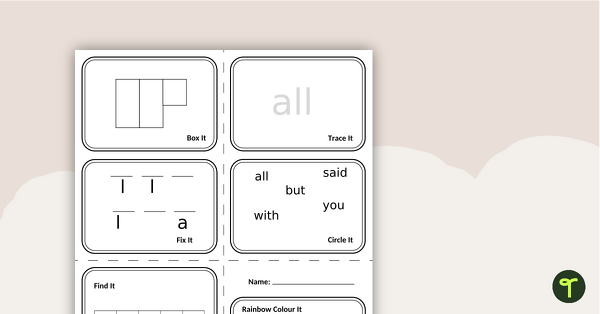
Editable Sight Word Little Book
An editable little book for learning sight words.
- Plus Plan
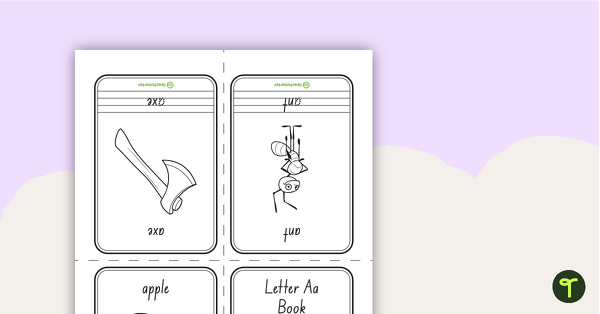
Little Alphabet Book Worksheets (A-Z)
A set of 26 worksheets to assist younger students with letter recognition and formation.
- Free Plan
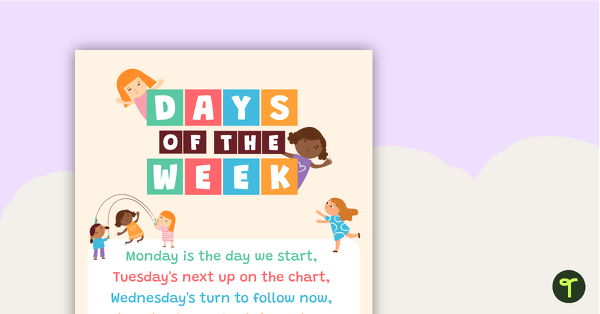
Days of the Week – Worksheet
A comprehension worksheet for a magazine article from the Foundation magazine (Issue 3).
- Plus Plan
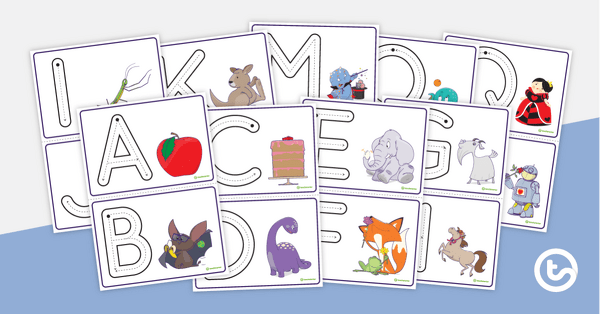
Uppercase Letter Formation Task Cards
Teach the basic formation of uppercase letters with this set of task cards.
- Plus Plan
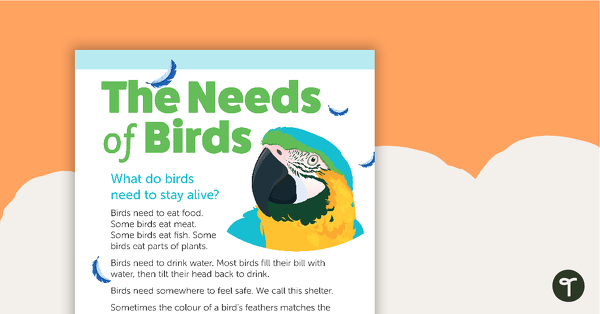
The Needs of Birds – Worksheet
A comprehension worksheet for a magazine article from the Foundation magazine (Bonus Issue).
- Plus Plan
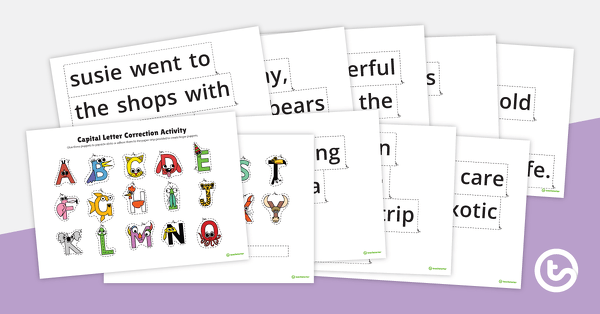
Capital Letter Correction Match-Up Activity
A cute activity where students edit sentences with capital letter puppets.
- Plus Plan
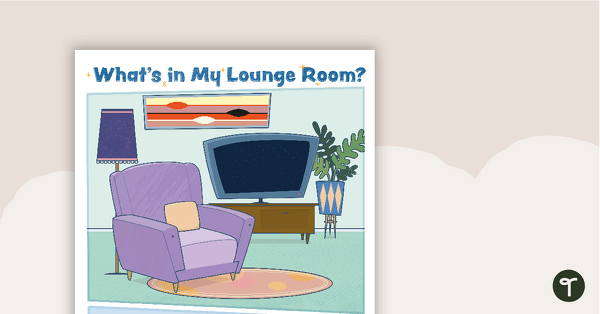
What's in My Lounge Room? – Worksheet
A worksheet for an article from the Foundation magazine (Issue 1).
- Plus Plan
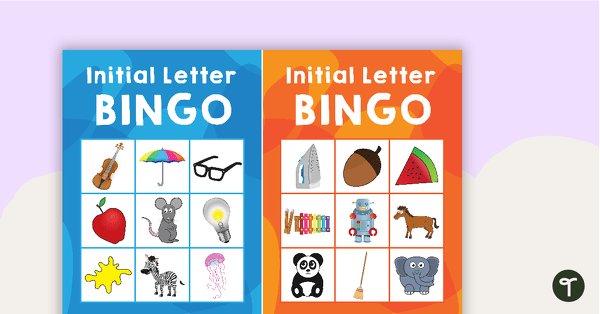
Initial Letter Bingo
30 different bingo cards using initial letters.
- Plus Plan
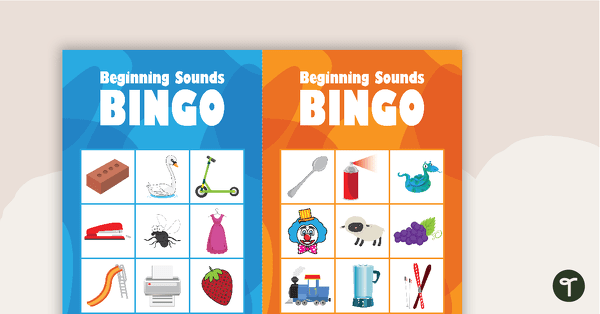
Initial Blends Bingo
30 different bingo cards using beginning sounds.
- Plus Plan
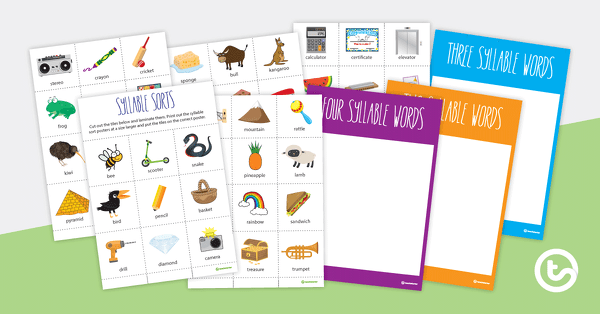
Syllable Game
A simple game for students to work out the number of syllables in common words.
- Plus Plan
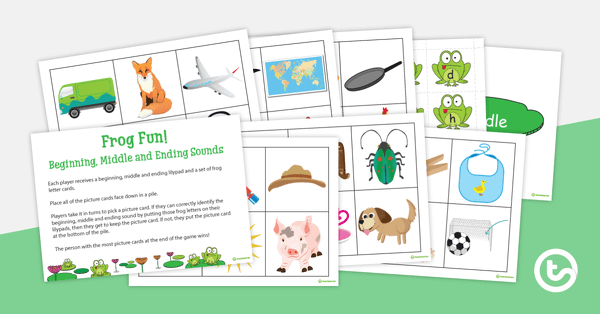
Frog Fun Game - Beginning, Middle and Ending sounds
Game cards and instructions for a frog-themed CVC word combination game.
- Plus Plan
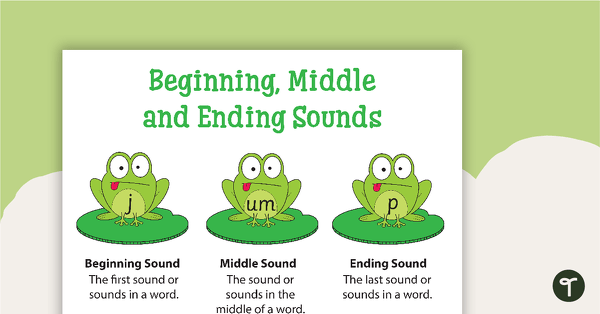
Beginning, Middle and Ending Sounds – Frogs Poster
A frog themed poster for CVC words
- Plus Plan
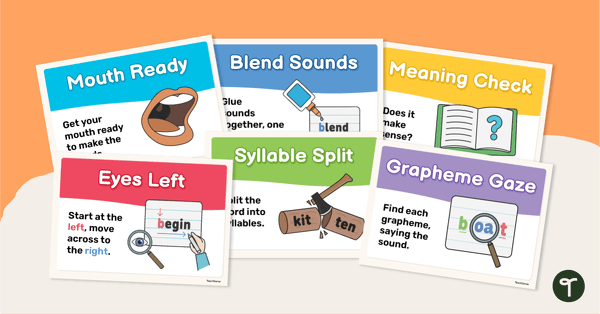
Reading Strategy Posters
Display this set of reading strategy posters in your classroom to remind your students of the best strategies to use when reading.
- Free Plan
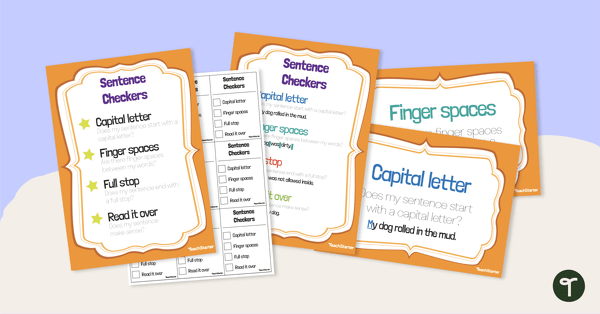
Sentence Checker Posters and Checklist
A set of educational posters outlining the key features to take note of when writing sentences.
- Plus Plan
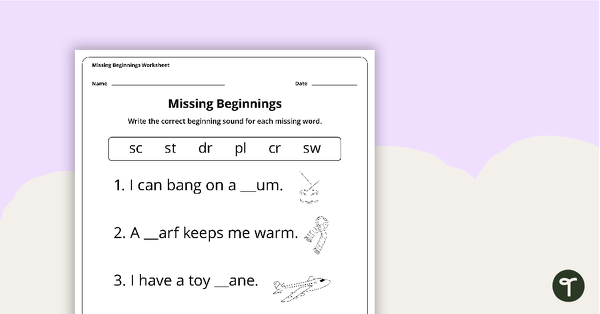
Missing Initial Blends Worksheet
A worksheet to consolidate initial blend sounds.
- Plus Plan
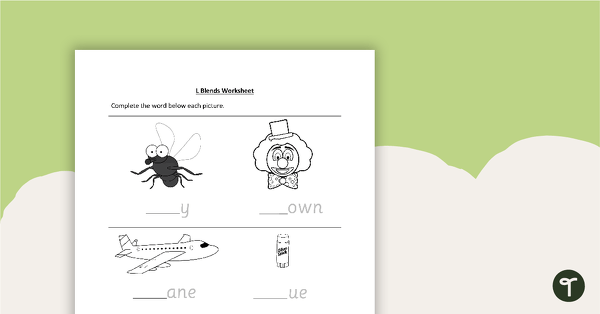
L Blends Worksheet
A worksheet consolidating the initial L blend sound.
- Plus Plan
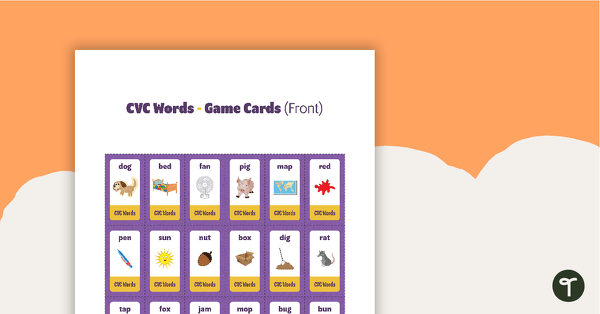
What's My Card? CVC Words Board Game
A set of cards to be used in a Guess Who? Board Game for students to consolidate their knowledge of CVC words.
- Plus Plan
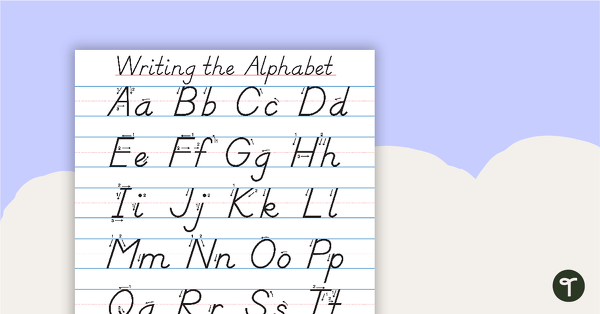
Writing the Alphabet Chart
A chart to assist students when learning how to form letters.
- Plus Plan
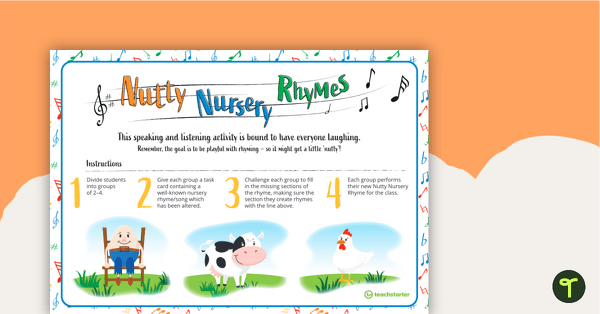
Nutty Nursery Rhymes Speaking and Listening Activity
A set of eight nursery rhyme cards which have been modified for a speaking activity.
- Plus Plan
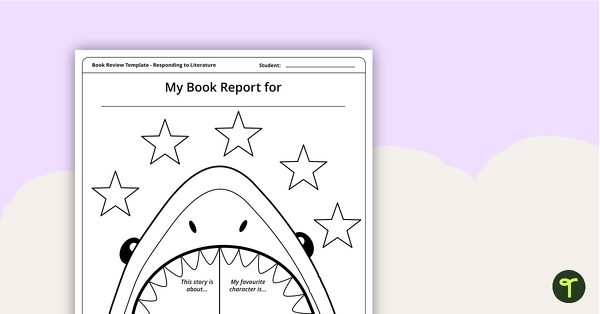
Shark Themed - Book Report Template and Poster
A fun shark themed poster with 3 book report templates to use when responding to literature.
- Plus Plan
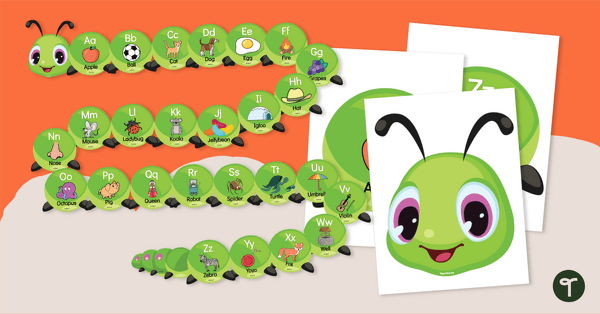
Caterpillar Alphabet Line - Editable Display
Display the alphabet in your classroom using a Caterpillar Alphabet Line.
- Plus Plan
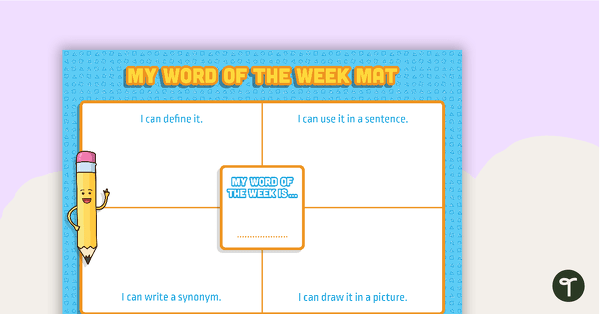
My Word of the Week Mat
A fun worksheet to use in the classroom when building vocabulary.
- Plus Plan
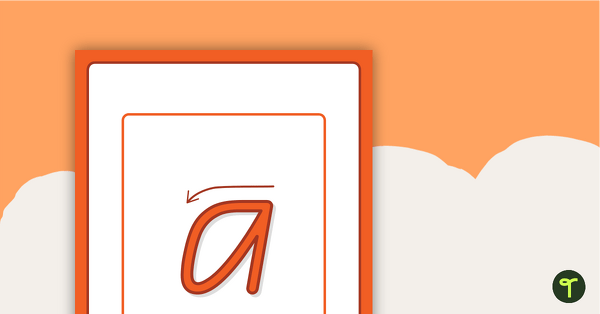
Letter Formation Alphabet Posters
A set of letter formation alphabet posters to display in the classroom.
- Plus Plan
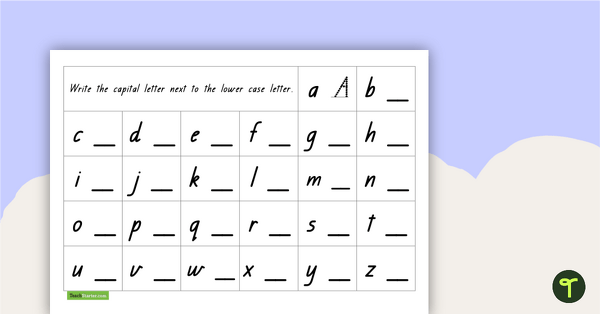
Writing Capital Letters
Students practice writing the capital letter next to the provided lower case letter.
- Plus Plan
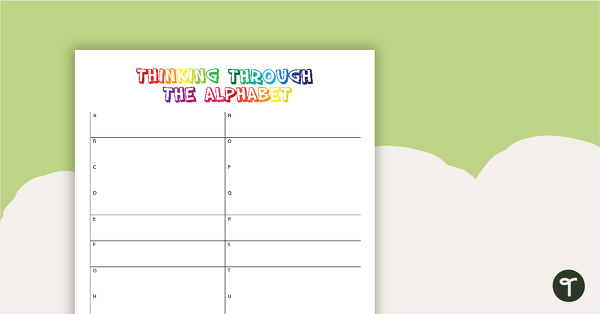
Thinking Through the Alphabet
Before starting a piece of work or a new unit, switch your students' brains on with a brainstorming activity.
- Plus Plan

Reading Detectives Worksheets
8 reading detective worksheets to use during guided reading sessions in the classroom.
- Plus Plan
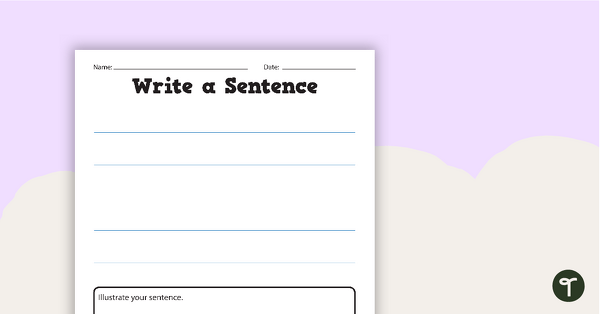
Write A Sentence Worksheet
A worksheet for beginner writers to practice their handwriting.
- Plus Plan
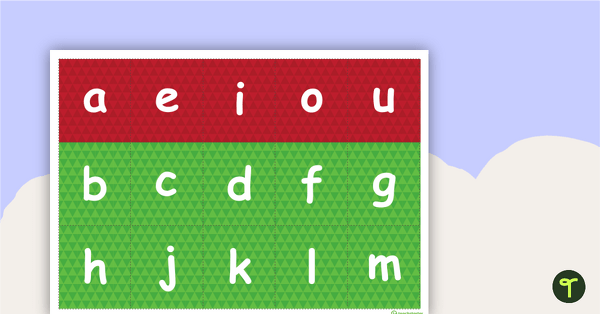
CVC Letters
A sheet of letters to use when making CVC words.
- Plus Plan
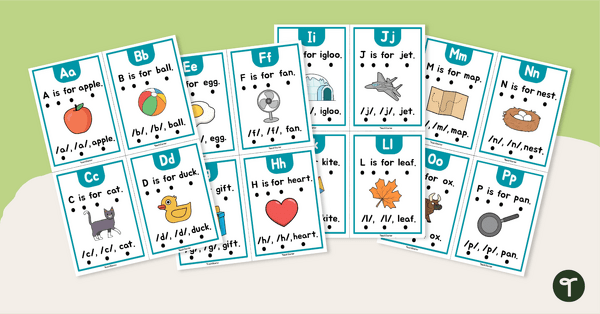
Alphabet Letter Sound Cards
Practise the letters and the alphabet and their main sounds using this set of letter sound flashcards with your students.
- Plus Plan

Beginning Sounds Game Boards
Use these beginning sounds game boards to develop your students' letter-sound correspondence with the alphabet.
- Plus Plan
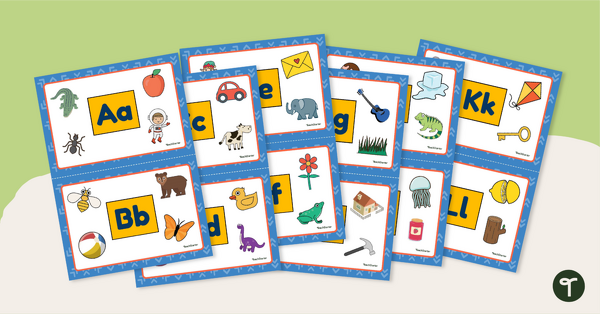
Tap It! Letter Sound Recognition Game
Use this letter sound recognition game to help students apply letter-sound correspondences.
- Plus Plan
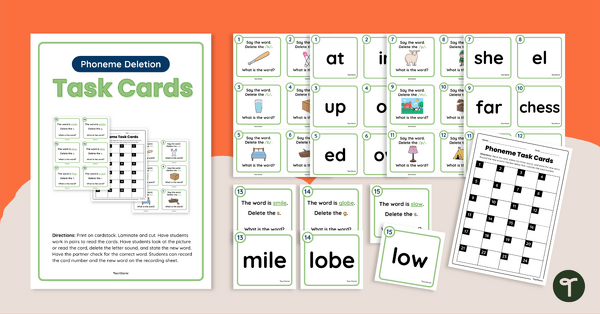
Phoneme Deletion Activity Task Cards
Explore phoneme deletion with this set phoneme deletion activity task cards.